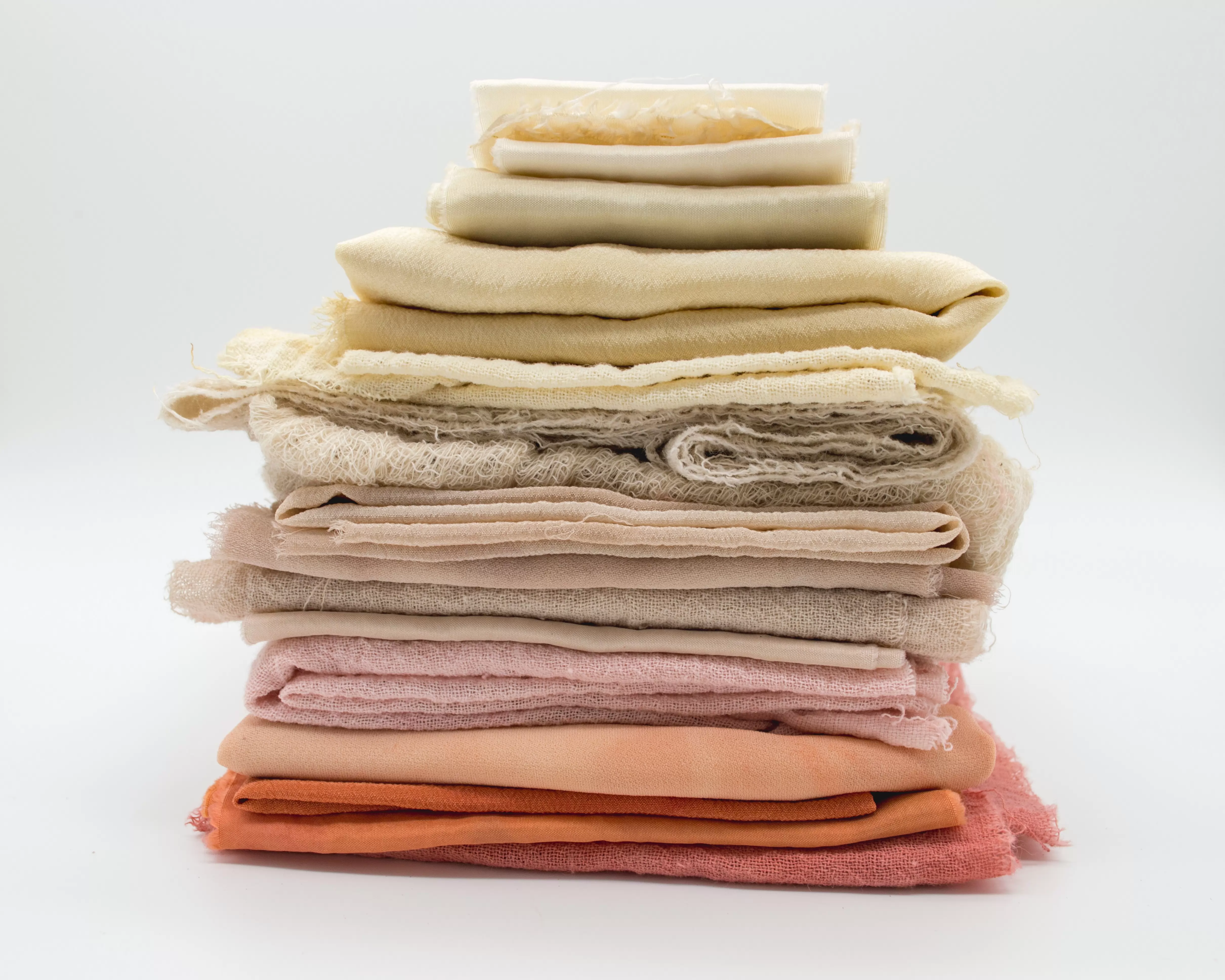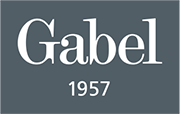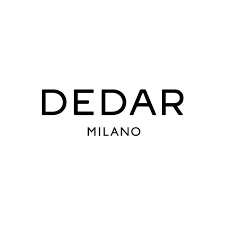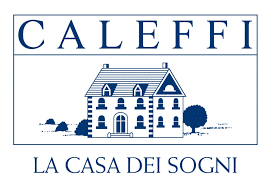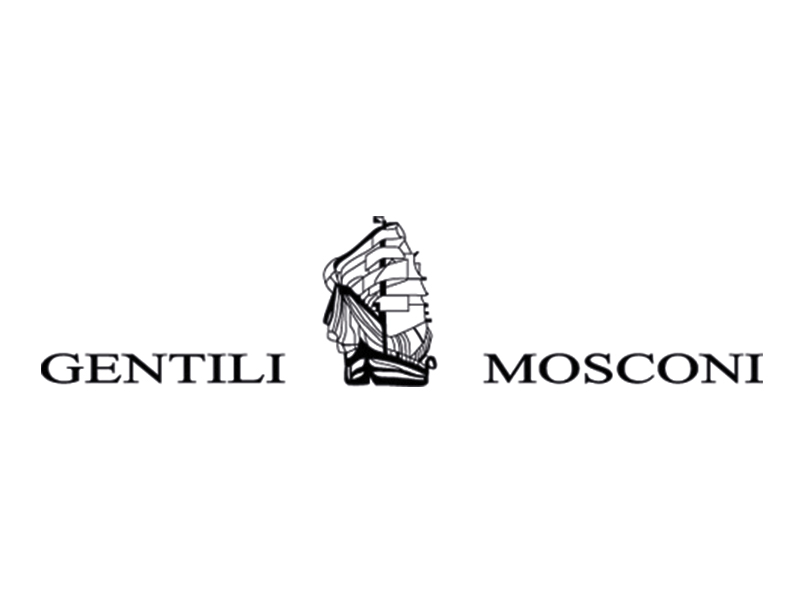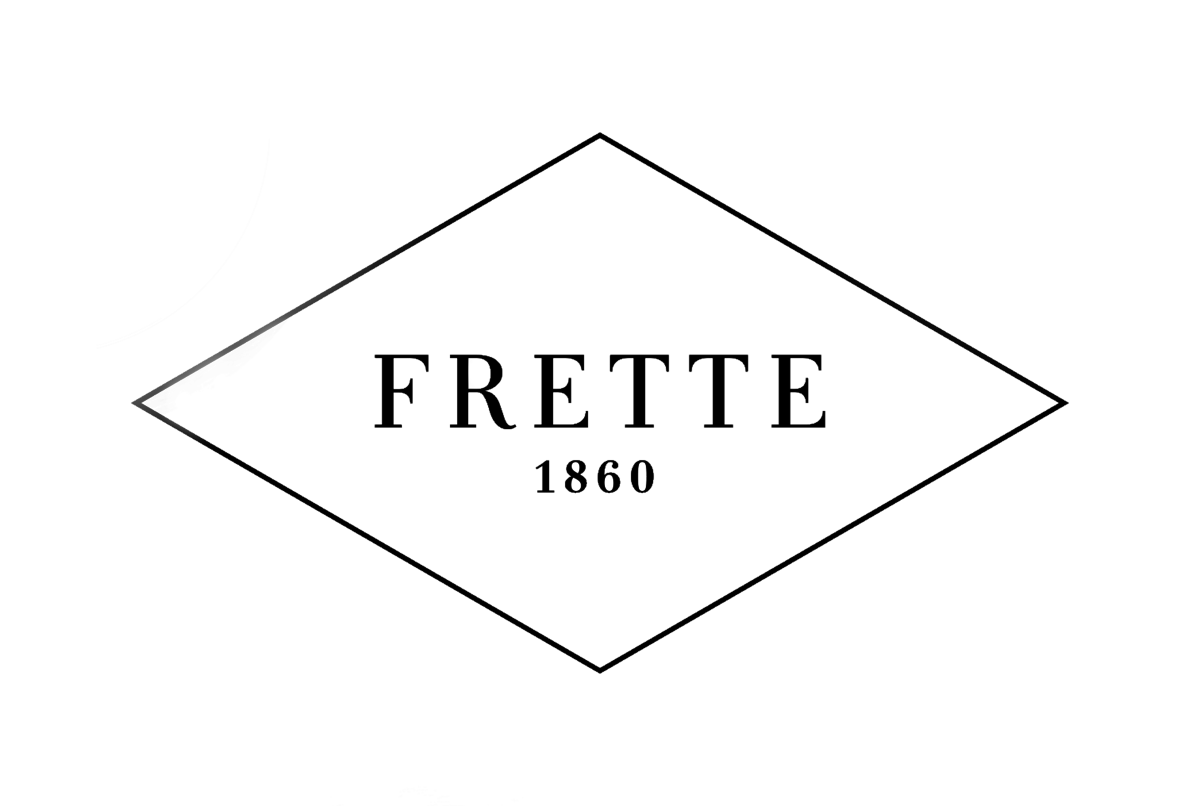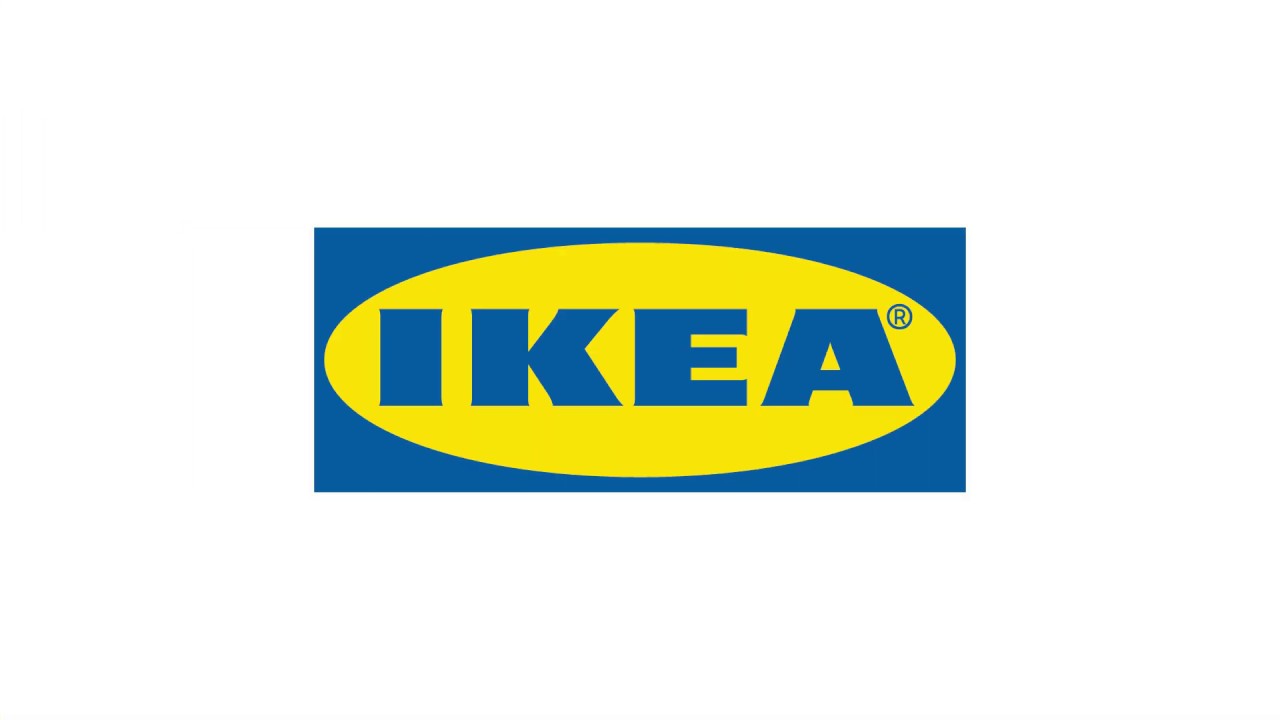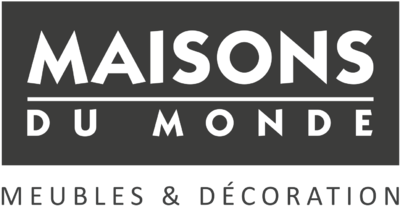Sintesi
The global home textiles sector encompasses a wide range of products designed for both domestic and contract use, the latter aimed at businesses such as hotels and restaurants. Focusing on the domestic segment, the market is experiencing growth in various categories, with bedroom linen accounting for a significant share, with a market value of $95.73 billion in 2020 and an expected average annual growth rate of 7.6% to 2030. Similarly, kitchen linen accounted for $11.8 billion in 2022, with a CAGR of 5.0% to 2031, and bath linen for $10.63 billion in 2021, with forecast growth to $18.57 billion by 2028. Italy, characterized by historically strong demand for linens, has seen a market recovery following the 2008 crisis, posting significant growth in production sold, reaching 485.7 million euros in 2022, an increase of 32.5% on 2021. Italian linen companies such as Vincenzo Zucchi, Gabel Industria Tessile and Caleffi dominate the market. The COVID-19 pandemic briefly focused the industry on bedding and hospital masks. Notably, Italy remains a net importer with a foreign trade coverage rate of less than 100% in 2022, sourcing most of its supplies from Asian countries. Despite market challenges, including those posed by the Russian-Ukrainian conflict leading to an increase in the consumer price index of 7.8 points between 2022 and 2023, the industry has shown resilience and growth with innovative trends such as eco-sustainable "agritessuti" gaining ground.
Italians' affinity for quality and sustainability in home textiles
When it comes to home textiles, Italy is a particular market characterized by a deep appreciation of product quality, design and functionality. The country is historically inclined to indulge in home textiles, revealing a market on an upward trajectory. It's worth noting that Italians own more home textiles on average than global statistics, with around 10-15 bath towels and 5-7 bed sheets per household, underlining the cultural importance of linens in Italian households. A fast-growing segment in the home textiles sector is that of "made-to-measure household linen", aimed primarily at domestic end-consumers. With its emphasis on practicality and aesthetics, this segment has shown a marked segmentation, with a varied range of collections frequently introduced. This segmentation caters for a wide range of styles, quality perceptions and price points, with distinct lines designed to captivate both design enthusiasts and those attracted by promotional offers. Interestingly, a shift in production focus was observed during the avian flu pandemic, with a reorientation towards essential items such as hospital bedding and fabric masks. Despite this shift, local companies such as Vincenzo Zucchi, Rubelli and Caleffi continue to dominate the Italian market. Italian consumers, particularly millennials and Generation Z, present a mix of traditional and modern traits. They have a high disposable income and are very sensitive to the aesthetic aspect of home linen. In addition, ethical considerations such as sustainable manufacturing, labor practices and country of origin play a key role in their purchasing decisions, aligning themselves with the global movement towards eco-conscious consumerism. on a larger scale, the global market for home textiles is considerable, with the bedroom, kitchen and bathroom linen sectors reaching a combined value of between $110 and $125 billion. Projections point to robust growth, suggesting a market value that could reach between $175 and $190 billion by 2028, propelled by annual growth of around 7%. There are several fundamental trends in demand for Italian home textiles. Italian consumers are showing a preference for products with a personal touch and a style that reflects their identity, a concept summed up as "Home Living".this resurgence of attention to detail in interior design is in line with the escalation of transactions in the housing and furnishings markets, implying a sustained interest in the home textiles sector. In short, the Italian home textiles market is a tapestry woven with a taste for traditional craftsmanship, a taste for quality products and an interest in luxury goods.the home textiles market is a living tapestry woven by a variety of companies ranging from historic national establishments to international retail giants.
Each player makes its own unique contribution to the fabric of the industry, contributing to a rich and competitive landscape.
- Vincenzo Zucchi - A pillar of Italian design and quality, Vincenzo Zucchi offers a range of home textiles, including linens and high-end bathroom accessories. The brand's commitment to elegance and comfort resonates with consumers who seek luxury in their domestic spaces.
- Gabel Industria Tessile - Known for creating textiles that combine innovation and tradition, Gabel Industria Tessile has carved out an enviable place for itself on the Italian market. They appeal to a population that appreciates modern design without compromising the artisanal touch.
- Dedar - Positioned as a high-end fabric design house, Dedar caters to a demanding clientele when it comes to contemporary, avant-garde textiles. Their products often feature bold patterns and unique textures, making them outstanding choices for interior design projects.
- Caleffi - Focusing on creating a variety of home textiles for consumers of all ages, Caleffi offers a wide selection aimed at providing comfortable and stylish options for bedrooms, bathrooms and kitchens.
- Gentili Mosconi - Balancing luxury and practicality, Gentili Mosconi caters to customers seeking sophistication in home furnishings. The company offers a selection of finely crafted fabrics that exude a sense of refined comfort.
- Rubelli - Renowned for its artistic textiles and heritage, Rubelli combines historic craftsmanship with contemporary style. Its textiles are often chosen by those who wish to mark their interiors with bright colors and intricate patterns.
- Frette - Frette is synonymous with five-star quality, known in particular for its luxury bedding and household linen products. Discerning hoteliers and homeowners choose Frette for its sumptuous fabrics that promise a superior sleeping experience. Beyond the Italian market, international competitors have set up shop in Italy, bringing international trends and accessibility to home textiles:
- IKEA Italy - The Swedish giant's Italian division offers a wide range of home textiles distinguished by functionality and affordability. IKEA's presence has played a key role in shaping consumer expectations for home furnishings.
- Maisons du Monde - With a touch of French charm, Maisons du Monde offers a varied selection of home textiles that reflect the company's values.
per comprendere questo mercato
Dettaglio del contenuto
 Informazioni
Informazioni
- Pagine : 30 pags
- Formato : Versione PDF e digitale
- Ultimo aggiornamento : 09/10/2023
 Riepilogo ed estratti
Riepilogo ed estratti
1 Market Overview
1.1 Definition and scope of the study
The home textiles sector, also known as household linen, includes all textile products intended for home furnishing. This sector can be divided into two basic product areas: "unpacked household linen," consisting mainly of yardage fabrics and bundle cuts, and "packaged household linen," which accounts for the main share of the sector's supply.
"Made-up household linen" is almost entirely intended for end consumers, who tend to favor aspects such as practicality and readiness for use.
In terms of this type of product, this market can be divided into two main categories:
- Household linen intended for domestic use, which are the end consumers
- Household linen on contract, i.e., restaurants, hotels, resorts, spas, airlines and shipping companies, hospitals and barracks, reached directly or through the industrial laundry channel.
These two areas are characterized by their own success factors and thus respond to different competitive pressures. However, within the scope of this study, we will focus only on the former.
The contract market is characterized by demand that is very sensitive to certain crucial variables such as price, washing resistance, and product functionality. In the second type of market there are also emotional and aesthetic variables for which the perceived message and targeted services are crucial. This particular sector is characterized by a marked tendency toward segmentation, based essentially on stylistic content, perceived quality, and the price variable, resulting in an increase in the number of collections presented. This trend seems to be confirmed by the interest shown in design lines, gift proposals with attractive packaging, and promotional incentives outside traditional sales periods.
it is also possible to make a further subdivision based on the different product categories that make up the household linen sector.
Thus, the following market segments are identified:
- Bedroom: linens, which includes products such as pillowcases, comforter covers, sheets and matching sheets, and bedding, which includes quilts, comforters, bedspreads, wool blankets
- Kitchen: dishcloths, tea towels, aprons and potholders (also coordinated)
- Bathroom: towels, bathrobes, shower mats, hand and face towels
There is a strong historical consumption of household linen in Italy. After the crisis of 2008, economic priorities shifted elsewhere for a while, however in recent years the home linen market in Italy seems to have recovered with definite year-on-year growth. Italy is one of the top countries with the highest volumes of cotton consumption for bedding in 2018 (50K metric tons). Italy had 27K metric tons of cotton bedding production volume in 2018.
Due to the COVID pandemic, the focus of production has shifted to some extent from household products and more toward hospital bedding and cloth masks. The home textile industry in Italy is dominated by indigenous companies such as Vincenzo Zucchi, Rubelli, Gabel Industria Tessile, and Caleffi.
While almost everyone is inclined to consume this product, a foray has been made with millennials and GenZ. With higher disposable incomes, who do not live with their parents, they tend to appreciate the aesthetic aspect of household linens. More conscientious consumers also consider the country of origin, sustainability in manufacturing and consumption, and labor practices when buying these products.
1.2 A growing global market
In order to analyze the overall market for household linens, the markets for bedroom, kitchen and bathroom linens are considered. In addition, the market for textiles used in making household linens is also analyzed by assuming a correlation between the first three markets and the latter.
Bedroom
In the global market ...
1.3 The Italian market
In order to analyze data on the production sold and turnover of household linen products, the category under ATECO Code **.**.** is considered. The following are considered:
Blankets of wool, synthetic fibers and other textile materials; Bed linen made of knitted, cotton, linen, ramie and other textile fabrics and materials; Table linen ...
1.4 The international trade of Italian household linen
To analyze the state of international trade in household linen, we will use HS Code ****: bed, table, bath and kitchen linen. From the graph below, we can see that Italy is a net importer of household linen, as imports of these products have always been greater than exports.The figure can ...
1.5 The consequences of the Russian-Ukrainian conflict
The outbreak of the Russian-Ukrainian conflict in February **** resulted in, among other things, a general increase in the consumer price index. The textile sector was not exempt from the price increase, and the household linen sector also experienced not insignificant price increases. Between January **** and August ****, the consumer price index rose ...
2 Demand analysis
2.1 Demand characteristics
Compared to global consumers, Italians own more home textiles on average: ** bath towels (***). This path was most likely influenced by the emergence and growing popularity of household linens supplied by large accessory and appliance companies such as IKEA and Leroy Merlin, which generally sell household textiles cheaper than specialty stores
Average ...
2.2 Geographical distribution of demand
Italian consumers of home textiles and linens are unevenly distributed across the peninsula. As the attached map and table show, the highest average monthly household spending on these items is in the Northeast regions where Italians spend twice as much as their peers in the southern regions. The Italian islands of ...
2.3 The dynamics of the housing market
A determining factor in the demand for household linens is the evolution of the housing market and the dynamics of the furniture market in Italy. In fact, a family that invests in a house will tend to buy new furniture and consequently purchase new accessories such as table linens, kitchen linens, ...
2.4 Home Living: the new trend behind home linens
We can sum up the concept of "Home Living" by defining it as a new way of furnishing the home, a new way of understanding and caring for it in every detail, following the rules of fashion and its trends.
After a long period when home care and home linens took ...
3 Market structure
3.1 Market value chain
United Nations Environment Source: ****
Active players in each stage of the textile value chain are depicted in the image above, from fiber to finished products to distribution and sales. The household linen and textile upholstery value chain is an adaptation of the textile and apparel value chain, characterized by textile components ...
3.2 The enterprises in the sector
For this aspect of the market, we consider data provided by ISTAT for activities registered under ATECO Code **.**.** "Manufacture of bed, table and furnishing linen." The number of enterprises, legal form and number of employees are considered.
Enterprises
The number of enterprises involved in these activities in Italy appears to be ...
3.3 Distribution and outlets
For this aspect of the market, we consider data provided by ISTAT for activities registered under ATECO code **.**.** "Retail trade in clothing, furnishing and household linen fabrics." The number of enterprises, legal form and number of employees are considered.
Enterprises
The number of enterprises active in this sector has been on ...
3.4 Leading Italian home textile companies
The following graphs illustrate Italy's leading home textile companies. Specifically, the companies have been divided into businesses devoted to manufacturing and businesses devoted to retail.
Manufacturing
Leading Italian companies in the home textile sector, by turnover Italy, ****, in millions of euros Source: ****
Distribution
Italy's leading companies in the apparel, furniture and ...
4 Supply analysis
4.1 Overview of the offer
Household linens can be segmented into six types of products:
Bed sheets, comforter covers, pillowcases; The bedding items: comforters, pillows, plaids, blankets, bedspreads, quilts, etc; The bathroom linen: towels, gloves, bathrobes; The table linen: tablecloths, napkins; The kitchen linen: dishcloths, towels; Textile decoration: upholstery fabrics, curtains, veils.
As for the fabrics ...
4.2 Prices
As the category of household linen is extremely broad and includes many product categories, in order to analyze the price ranges in this market, we will select one product category from each major sub-division of the market and compare its prices among different companies.
Bed linen: sheet sets; The bath linen: ...
4.3 The trend of natural fibers
Textile companies are trying to offer natural materials, the production of which is environmentally friendly, in order to meet the growing concerns of consumers sensitive to sustainability issues. it is highly likely that this trend will characterize future collections and could lead to a close association between the textile and agricultural ...
5 Regulations
5.1 Market regulation
Textile products are defined as all products which, in their raw, semi-worked, manufactured, semi-finished, or semi-made-up state, are composed exclusively of textile fibers, regardless of the mixing or joining process used.
The following are assimilated to textile products:
products whose textile fibers constitute at least ** percent by weight; textiles, the textile ...
6 Positioning of players
6.1 Segmentation
- Vincenzo Zucchi
- Gabel Industria Tessile
- Dedar
- Caleffi
- Gentili Mosconi
- Rubelli
- Frette
- IKEA Italia
- Maisons du Monde Italia
 Grafica
Grafica
- Dimensioni del mercato della biancheria per la casa
- Dimensione del mercato della biancheria per la casa, per regione
- Dimensione del mercato della biancheria per la casa, per categoria di prodotto
- Ripartizione delle vendite di biancheria per la casa, per tipo di prodotto
- Evoluzione della produzione venduta di biancheria per la casa
Tutti i nostri studi sono disponibili online e in PDF
Ti invitiamo a consultare un esempio del nostro lavoro di studio su altri mercato!
Aziende citate in questo studio
Questo studio contiene un panorama completo di società di mercato con le ultime cifre e le notizie di ogni azienda :
 Perché Scegliere Questo Studio :
Perché Scegliere Questo Studio :
Accedi a più di 35 ore di lavoro
I nostri studi sono il risultato di oltre 35 ore di ricerca e analisi. L'uso dei nostri studi ti consente di dedicare più tempo e aggiungere valore ai tuoi progetti.
Approfitta di 6 anni di esperienza e oltre 1.500 studi settoriali già prodotti
La nostra competenza ci consente di produrre studi completi in tutti i settori, inclusi i mercati di nicchia o emergenti.
Il nostro know-how e la nostra metodologia ci consentono di produrre studi con un valore unico di denaro
Accedi a diverse migliaia di articoli e dati a pagamento
BusinessCoot ha accesso all'intera stampa economica a pagamento e ai database esclusivi per svolgere studi di mercato (+ 30.000 articoli privati e fonti).
Al fine di arricchire i nostri studi, i nostri analisti utilizzano anche indicatori Web (semrush, tendenze, ecc.) Per identificare le tendenze in un mercato e strategie aziendali. (Consulta le nostre fonti a pagamento)
Supporto garantito dopo l'acquisto
Una squadra dedicata al servizio post-vendita, per garantirti un alto livello di soddisfazione. +39 380 247 7810
Un formato digitale progettato per i nostri utenti
Accedi a un PDF ma anche una versione digitale per i nostri clienti. Questa versione consente di accedere a fonti, dati in formato Excel e grafica. Il contenuto dello studio può quindi essere facilmente recuperato e adattato per i tuoi supporti.
 Le nostre offerte :
Le nostre offerte :
the household linen market | Italy
- Quali sono i dati relativi alle dimensioni e alla crescita del mercato?
- Cosa sta influenzando l'andamento e l'evoluzione del mercato?
- Qual'è il posizionamento degli attori di mercato?
- Segmentazione e profilo delle aziende operanti nel mercato
- Dati e numeri da una molteplicità di fonti
Pacchetto di 5 studi (-15%) IT Italy
- 5 rapporti a 75,6 € IVA esclusa per studio da scegliere dal nostro catalogo italiano per 12 mesi
- Risparmiare il 15% sugli studi aggiuntivi acquistati
- Scegliere il rimborso del credito non utilizzato al termine dei 12 mesi (durata del pacchetto).
Consulta i termini e le condizioni del pack e del rimborso del credito non utilizzato.
